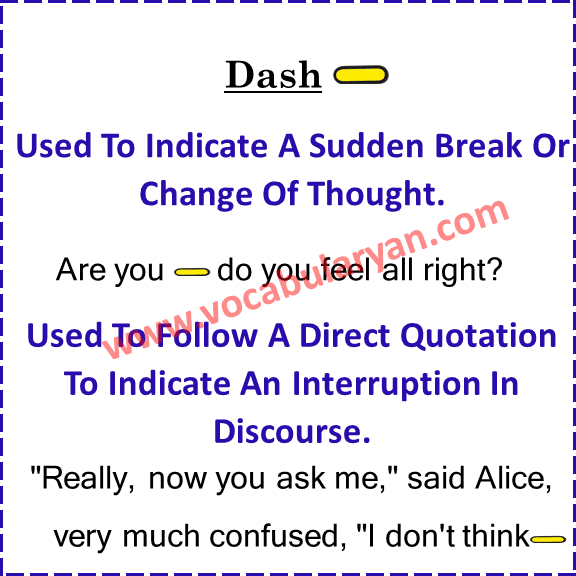
means that these three punctuation marks are examples of what you are learning about. We are learning about many different punctuation marks, e.g., periods, commas, and semicolons. We are learning about many different punctuation marks, e.g., periods, commas, and semicolons.ĤB. We are learning about many different punctuation marks, i.e., periods, commas, and semicolons.ĤB. I will work in one of only three states namely Washington, Oregon, or Idaho.ĤA. I will work in one of only three states namely, Washington, Oregon, or Idaho.ģC. I will work in one of only three states, namely, Washington, Oregon, or Idaho.ģB. Well, isn’t that the funniest thing you’ve ever heard?ģA. Well isn’t that the funniest thing you’ve ever heard?ĢB. (in Latin: exempli gratia) roughly means for example.ĢA. You may be required to bring many items, e.g., sleeping bags, pans, and warm clothing.
NAMELY PUNCTUATION SERIES
Rule 2 – Use a comma before and after introductory words such as namely, that is, i.e., for example, e.g., or for instance when they are followed by a series of items. Well, I never thought I’d live to see the day… If your list is complex, use a colon to introduce the list and semicolons to separate the items.Įxample: Last night Regina saw: an old, ugly mouse a scary-looking, grumpy wizard and a moldy, stinky tomato.Įrin Servais is a book editor and author coach focusing on women author-entrepreneurs.Rule 1 – Use a comma when beginning sentences with introductory words such as well, why, hello, no, yes, etc. If your list is simple, you can also use a colon to introduce the list and commas to separate the items.Įxample: Last night Regina saw: a mouse, a wizard, and a tomato. If your list is simple, use commas to separate the items.Įxample: Last night Regina saw a mouse, a wizard, and a tomato. If we only used commas to separate the items, instead of semicolons, it would be more difficult to see where one item ends and the next one begins. The items on Martina’s list are complex because, as you’ll notice, the items contain a lot of detail and punctuation (in this case, commas) within the singular items. The items on Martina’s Christmas list are as follows: one red, fuzzy sweater two super-violent, awesome video games one old, beaten-up copy of Fahrenheit 451 and six adorable, little hamsters. Here’s an example of a complex list that uses both a colon and semicolons:
NAMELY PUNCTUATION MANUAL
Or, as The Chicago Manual of Style says in section 6.58, “When items in a series themselves contain internal punctuation, separating the items with semicolons can aid clarity.” If your list is complex, you may want to use semicolons as dividers to make each individual item easier to read. Join my private Facebook writing group today! Click here: (Notice here that commas don’t separate these list items because there are only two.) Ralph thought about two things: pizza and algebra. The other thing he thought about was algebra. With the help of a colon, you can also combine sentences. Roxy had three choices for lunch: pizza, grubs, and salamander. You could shorten this sentence by placing a colon before your list (and using commas to separate the items).



Roxy had three choices for lunch, which were pizza, grubs, and salamander. In many cases, this will make the sentence more concise and make the items of the list more apparent. You can also use a colon before you introduce the list’s items.

Today I ate cookies, cookies, and more cookies. If you are writing a simple list, you can just insert a comma after each item. Which you use depends on how complex your list is. There are three punctuation marks involved in making a list in a sentence: the comma, colon, and semicolon.


 0 kommentar(er)
0 kommentar(er)
